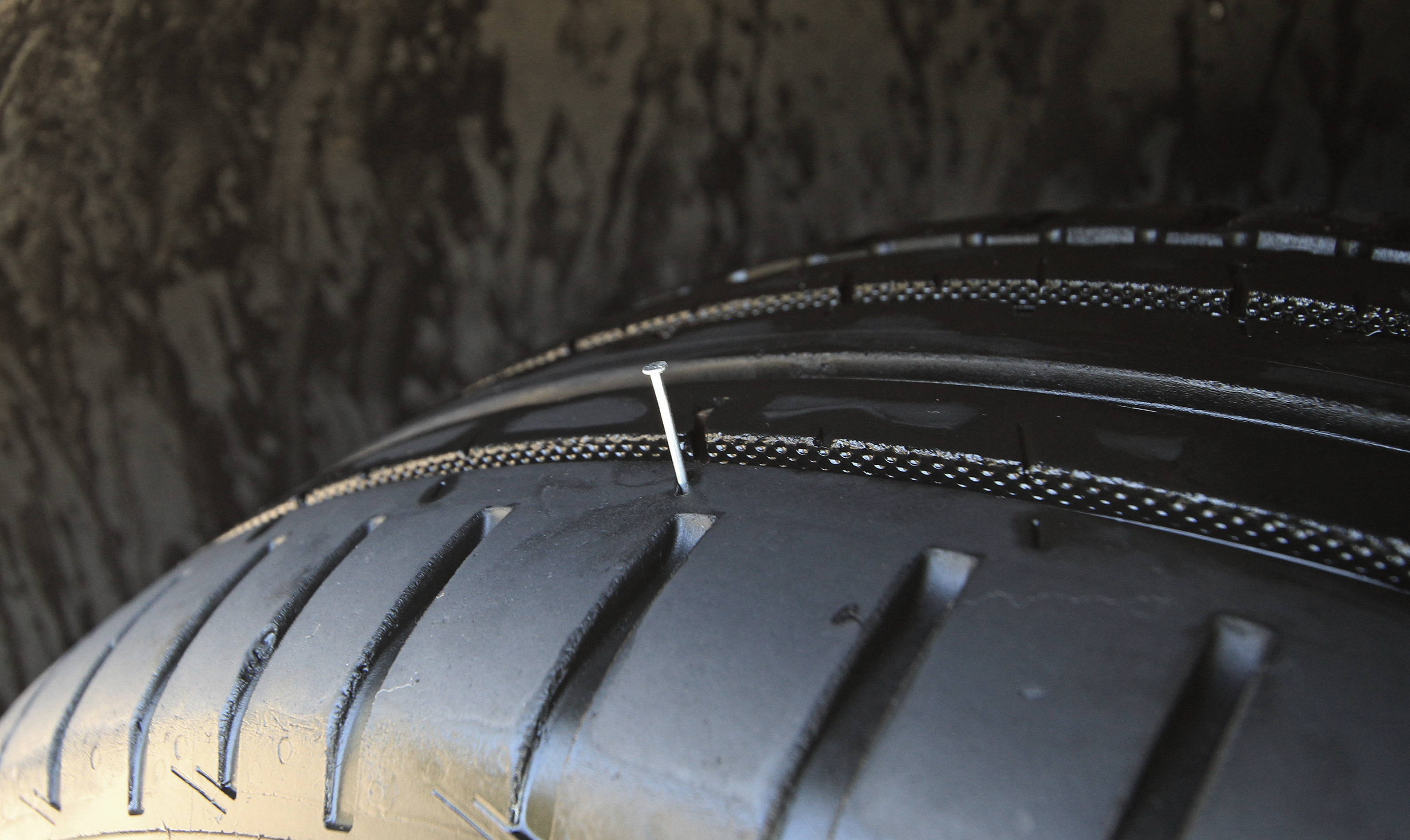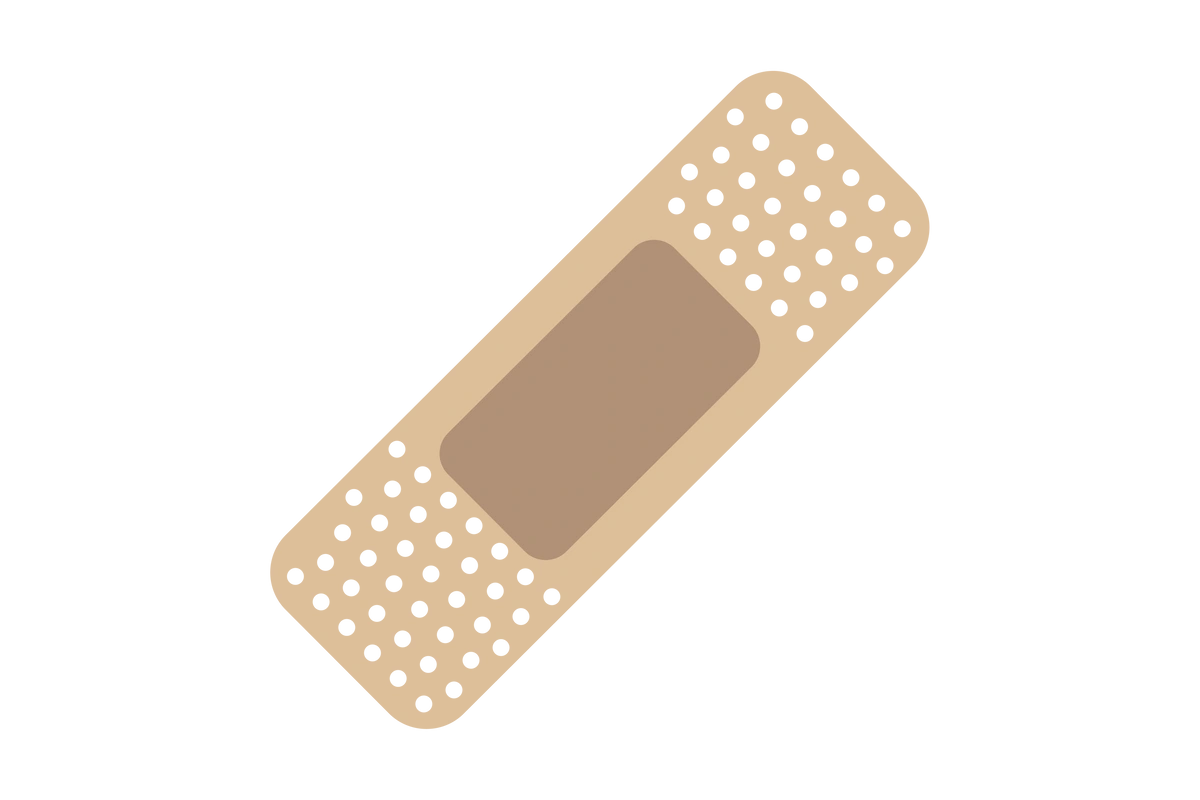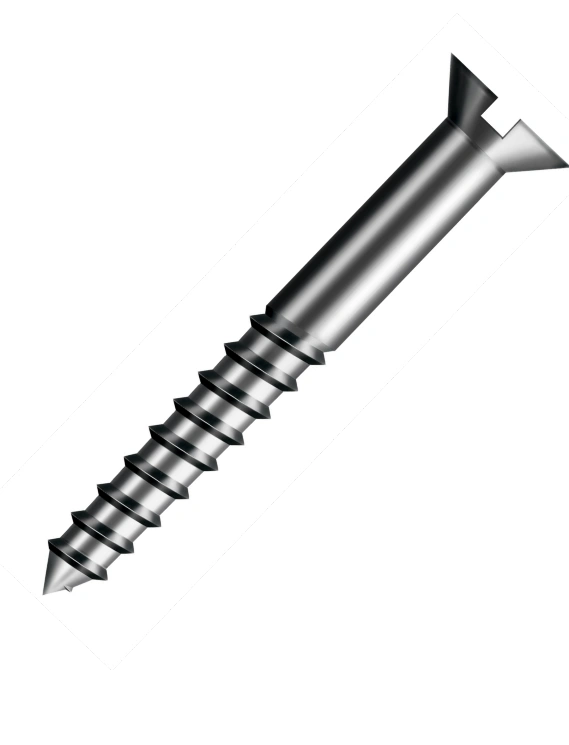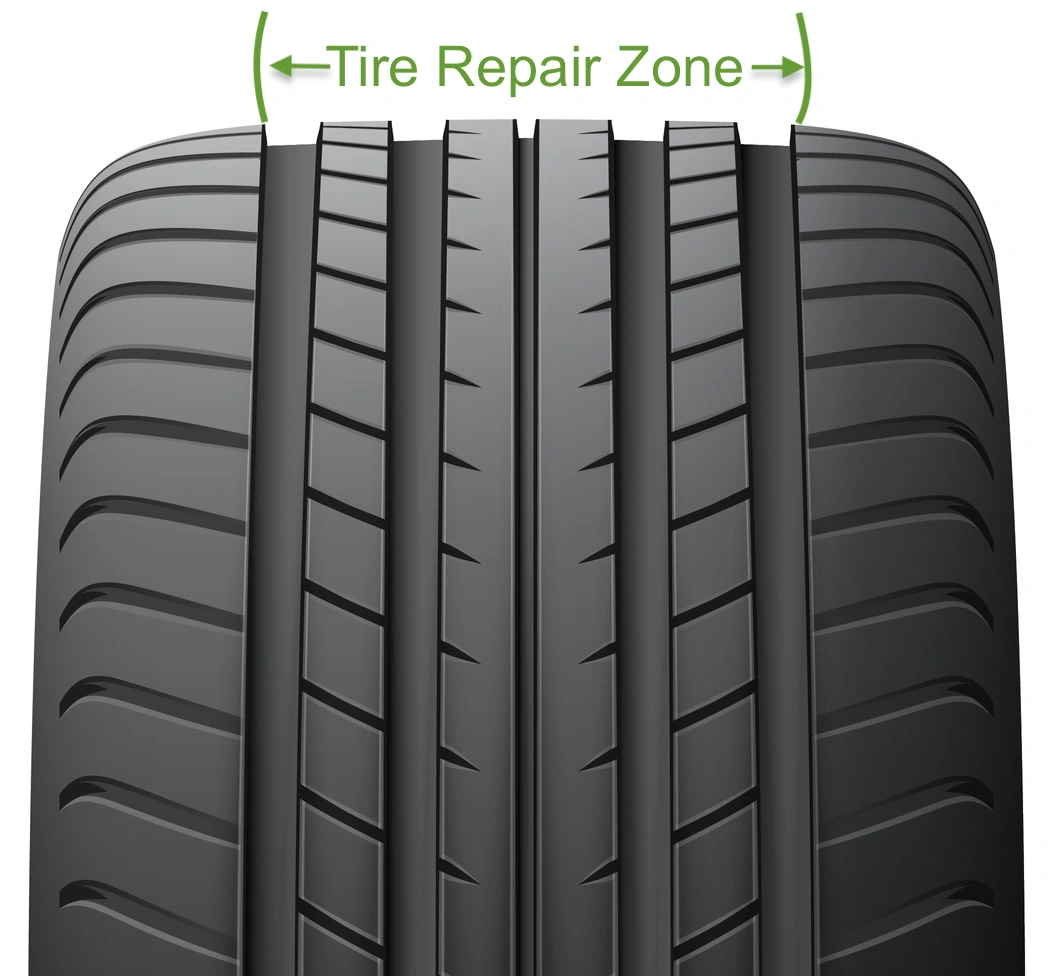Your Shopping Cart
Your cart is empty.
Subtotal ( items)
Instant Rebate Applied:
Promo Code Applied: ID.me Discount Applied:
Have a Promo Code?
Size:
Item
Item
Selected for:
/ each
Add-Ons
Wireless air pump capable of pumping up to 150 psi with 2000 MAH power bank.



Fully protect your clothes and vehicle interior during transportation of your tires. For Tires up to 31" tall and wheels up to 22".
Per sensor
Add TPMS Sensors
/per sensor
Please confirm the make, year, model and trim of the vehicle you want to purchase for:
How many sensors do you need?
The vehicle you have selected is not compatible with aftermarket TPMS Sensors.
Enter a different vehicle to add TPMS sensors

 Front Tire Size:
Front Tire Size:
 Rear Tire Size:
Rear Tire Size:
 Your Vehicle:
Your Vehicle:
Pros & Cons of Staggered Fitment

Attractive Design

Improved Handling

Improved Cornering
Bumpier Ride
Poor Traction in Snow
How do I find my tire size?



Need help?
 Your Vehicle:
Your Vehicle:
Pros & Cons of Staggered Fitment

Attractive Design

Improved Handling

Improved Cornering
Bumpier Ride
Poor Traction in Snow
How do I find my tire size?



Need help?
Pros & Cons of Staggered Fitment

Attractive Design

Improved Handling

Improved Cornering
Bumpier Ride
Poor Traction in Snow
Need help?
Need help?
How do I know if I have an LT tire?

 Your Vehicle:
Your Vehicle:
Sorry, we could not find any available
wheels for your sizing selections.
Need help?
Tire Repair Guidelines: When to Patch, Plug or Pitch a Tire
By Tire Agent Staff
August 25, 2023
(Original post date: Aug. 12, 2022)
We get it: You want to get as many miles out of your tires as possible. When it comes to fixing flat tires, you'd rather patch or plug it than replace it, especially if you can get a few more miles out of the repaired tire. Understood.
There are ways to fix tires instead of buying brand-new ones. You can use a patch or plug sometimes. We'll explain. In this guide, Tire Agent explains tire patches and tire plugs, when it's safe to use them, and when to avoid them like the plague.
The U.S. Tire Manufacturers Association has established tire repair guidelines, which include the following:
- A plug by itself or a patch by itself is considered to be an unacceptable repair.
- Repairs should be made to the tread area only of a tire (see tire repair zone illustration below).
- Repairs can be considered on punctures no larger than 1/4 of an inch.
- Do not repair damage to the shoulder or side wall of a tire; the tire is considered unsafe and should be replaced.
- The entire tire must be removed from the assembly and fully inspected to assess damage.
- Tire repairs cannot overlap previous tire repairs. A previously repaired tire with new damage is considered to be an unrepairable tire.
- Plugs must be properly installed using a rubber stem (plug) and a patch to seal the inner lining.
Everything You Need to Know About Tire Repair
Some places around the country have two seasons — construction season and winter. When you're constantly surrounded by road construction, there are more chances you'll run over a nail or sharp object and put a hole in a tire.
Modern vehicles have a tire pressure monitor system (TPMS) that lets you know if one or more tires have air pressure below the recommended amount. Once you find out your tire has been damaged, it's time to decide what to do next.
You have a couple of options. One is to fix the tire with a patch or a plug, and the other is to buy one or more new tires. So, which do you need? A patch or a plug? Let's go over the differences. We'll begin with patches.
What are tire patches?
Compared to plugging a tire, tire patching is considered a higher quality repair. But it's a little more time-consuming. A tire can be repaired by removing it from the rim and then using a die grinder to smooth out the region surrounding the puncture so that there is enough room for the patch to adhere to. The patch is then pushed through the tire's outer layer from the inside, sealed, and given time to dry.
- How long do patches last? A tire patch can last from seven to 10 years when installed properly. One factor in how long it lasts is the location of the hole.
- How many patches can a tire have? The unwritten rule is not to patch a tire more than three times. Also, you should not do it if you're trying to patch a hole that overlaps another repair. It's time for a new tire.
- Can you patch a sidewall? This is a hard no. If the sidewall is damaged or punctured, it's time to replace the tire.
- Is a patched tire safe? There are fewer safety concerns with a well-patched tire. They can last up to 10 years when installed correctly.
- Is a tire patch permanent? Tire patches are not permanent fixes on their own. Some patch/plug combination repairs are considered permanent. We'll speak more on that later.
- How much does tire patching cost? You can patch a car tire yourself relatively inexpensively if you know what you're doing. Some local auto shops might even patch tires for free, in exchange for your repeat business. Professional tire patching can cost $10 to $50 per tire, depending on the tire, the tire's damage, and where you live.
What are tire plugs?
Installing a tire plug vs patch is quicker and less expensive. Plugs function best when the tire has been punctured (rather than torn) by a screw, nail or other sharp object, which lets air out of the tire. The plug can be put into the hole to stop the leak once the nail or other object has been removed. Many plugs available today vulcanize the tire to improve stability, whereas plugs of the past were more of a temporary repair.
- How long do tire plugs last? A properly installed plug can last up to 10 years or 25,000 miles. But that’s not the case if there isn’t a proper seal or the plug hasn’t been installed correctly.
- How many plugs can a tire have? Can you plug a tire twice? Yes, as long as the puncture is on the tread and not on or near the shoulder. Similar to patches, it's recommended not to plug a tire more than three times.
- Can you plug a hole in or near the sidewall? Again, this is a hard no. Sidewall damage is serious, and it's time to replace the tire.
- Is a tire plug safe? Are tire plugs legal? Plugs are legal, but there are things to consider. You might not be able to fix the tire with a plug depending on the size of the puncture, the amount of damage, and the tread on the tire. The hole must be on the tire's tread and no more than 0.25 inches. If the tire has a puncture on the sidewall or shoulder, you will need to replace it.
- How much does tire plugging cost? Getting a tire plugged costs around $10 to $50 per tire, depending on the vehicle type, tire type and your location. You can do it for a lot less yourself, but we recommend trusting a tire installation professional for patching and plugging tires.
When it comes to questions about safety and tire plugs and patches, the safest bet is always to replace the tire with a new one. Can tire patches and plugs be safe? Yes, as long as your driving style isn't aggressive and you follow your tire repair shop's advice on how long and under what conditions to drive on repaired tires.
What About Tire Sidewall Damage? (Not) Repairing Tire Sidewalls
Sidewall damage to your tire must be taken seriously, and you should never patch or plug a punctured sidewall.
This illustration shows what's referred to as the tire repair zone, which is the puncture area that may be able to be fixed if damaged. Damages outside the repair zone should not be plugged or patched; the tire should be scrapped and replaced.
That leads to the question of how close to the sidewall can a puncture be repaired? The puncture must be at least 1/2 inch away from the edge of the tire tread where the inner steel belt begins for a safe repair. Any hole less than 1/2 inch from the inner steel belt's beginning on the tire's sidewall cannot be repaired safely.
Even a small tire sidewall cut cannot be repaired. Small cuts, punctures and holes in a tire's sidewall will eventually enlarge because of the flexion of the tire's side. Bottom line:
- Is a nail in the sidewall of a tire repairable? No. Time to get a new tire.
- What about a screw in the tire sidewall? No. Get a new tire.
- Can a tire sidewall be repaired? No, not if it's been punctured, torn or cut.
- What about plugging tires near the sidewall? Repairing a sidewall puncture is not recommended. If the puncture is at least 1/2 inch from the end of the tread, it may be repairable.
Best Way to Repair a Tire With a Screw or Nail
Nails and screws are not your friend. At least not for drivers, anyway. These pesky sharp objects always seem to find their way into a tire at the worst possible moment. Come to think of it: Is there any good time to have a flat tire?
What's the best way to fix a tire with a nail, screw or metal shard between or in the tread?
If you have a puncture in your tire, don't leave the nail or screw in the tire. It is very likely going to cause the tire to leak air as well as stretch the hole. Remove the screw from the tire as soon as you are safely off the road and in a place where you can fix the puncture or have your vehicle towed to a repair shop.
A patch/plug repair combination is the best way to fix a tire with a nail, screw or metal shard. The tire plug is put into the hole to stop the leak, and the patch portion seals the damaged area. This is the safest way to fix a tire punctured by a nail or another sharp object.
Your safest way to proceed with a damaged tire is to speak to a tire professional. They will be able to help you determine the best option, whether that's a simple fix or replacing an old tire with a new one.
Now We Answer a Few Random FAQs About Fixing Flat Tires
Is it illegal to plug or patch a tire?
Our research uncovered no laws in the U.S. (federal or state) that says plugging a tire is illegal. There are right ways and wrong ways to plug a flat tire -- and industry best practices for when, where and how to plug a flat, but no laws that we are aware of. Refer to the U.S. Tire Manufacturers Association for recommended puncture repair procedures.
Can my tire be patched? Can a flat tire be fixed?
Tire can be patched only if the damage is in what's called the "crown area" of the tire -- the flat surface of the tread that touches the road. A tire professional will be able to assess whether the tire can be repaired and safe to drive on. The newer the tire is, the more likely it is a candidate for repair. Tires that have wear bars showing should be replaced.
Can you plug a tire after using Fix-a-Flat?
According to the manufacturer, you can repair a tire after filling a hole with Fix-a-Flat. However, some tire professionals will not fix, plug, patch or repair tires that have been treated with Fix-a-Flat. That's because tires treated with Fix-a-Flat can't be patched. Some people use Fix-a-Flat as a temporary fix, so they can drive safely to an auto shop. Call your auto shop before using Fix-a-Flat, and be sure to read the instructions so you don't ruin the tire or prevent it from being patched or plugged.
How much does it cost to fix a flat or plug a punctured tire?
Obviously the price to plug a tire or patch it depends on where you live and how much damage your tire is. We answer this question with a lot of trepidation, because the cost to fix a flat is much, much less than the cost of a new tire. The safest choice is always to replace a damaged or worn-out tire. That said, according to Car Shtuff (and a few other sources we checked), the cost to patch a tire runs between $10 and $50.
How does a tire patch work?
This 2-minute video from Consumer Reports explains and shows how tire patches and plugs work, and it also includes safety tips for DIY tire fixes.
Illustration 43839281 © Batareykin | Dreamstime.com
How to Qualify for the $50 Offer
- Add items to your cart and begin checkout.
- Select PayPair and apply for financing.
- If you’re approved by a participating lender, you’ll see a $50 promotional rebate applied to your order total.
-
To receive the $50, you must:
- Complete your purchase with a qualifying lender,
- Agree to the payment terms,
- And make the required number of consecutive on-time payments, as specified by the lender.
Note: Offer available only through select lenders. Additional eligibility requirements and conditions apply. Rebate may be issued after verification of qualifying payment activity. Terms subject to change.
How to Purchase Tires and Wheels
With a Payment Plan
Tire Agent's payment plans make it easy to get the best partial or full set of tires and wheels for your vehicle.
It's fast, secure and won't affect your credit score
Match with multiple lenders
Why Choose PayPair?
PayPair’s Partners and Plans

No Money Down

No Money Down

No Credit Needed*

No Money Down

$1 to Start!*

No Money Down

No Credit Needed*

$1 to Start!*

No Money Down
Other Payment Plans

$0 to Little Down

Pay with your bank account

Simplified checkout experience

Faster and easier than using cards or cash

Simplified checkout experience

Faster and easier than using cards or cash
*SNAP: The advertised service is a lease-to-own agreement provided by Snap RTO LLC. Lease-to-own financing is not available to residents of Minnesota, New Jersey and Wisconsin. NO CREDIT NEEDED: Not all applicants are approved. While no credit history is required, Snap obtains information from consumer reporting agencies in connection with applications, and your score with those agencies may be affected. PAYMENT PLAN: The standard plan consists of renewable lease terms. To exercise an early ownership, consumers must make regular payments on time and schedule additional payments via the customer portal or by contacting Customer Care at 1-877-557-3769. KATAPULT: The Promotional Initial Payment (plus any applicable taxes and fees) is due at lease signing. Your lease-purchase payment amount will be determined after you select your product(s). You will not acquire ownership of the product(s) if the total amount necessary to acquire ownership is not paid. The Promotional Initial Payment does not reduce the cost of the lease-purchase agreement. The Promotional Initial Payment is only available when shopping at Tire Agent through the Katapult mobile app and at Tire Agent’s website. Product pricing subject to change and availability. Disclosure: 90-day early purchase option (EPO) terms and conditions apply: 90-Day (3 months in CA) You can buy out your lease-to-own agreement within the first 90-days. This amount includes the cash price, plus the lease-to-own cost for the first 90-days. Taking advantage of the 90-day purchase option will save you the most money! PROGRESSIVE: Ownership by rental/lease agreement with Progressive Leasing costs more than the retailer’s cash price. Select items only. Cancel or purchase early at any time. Not available in MN, NJ, VT, WI, WY. Progressive Leasing obtains information from credit bureaus. Not all applicants are approved. Standard agreement offers 12 months to ownership. 90-day purchase options cost more than the retailer’s cash price (except 3-month option in CA). To purchase early or to cancel lease, you must call 877-898-1970. Retailer cannot activate early purchase options.





